Description
The “Basics of Civil Engineering Handbook” by Rashid Khan Sir is a comprehensive guide for civil engineering students and professionals. The second edition of this handbook builds on the original version and includes updates to reflect the latest developments in the field.
Here’s an overview of what the book typically covers:
### Key Features of the Handbook:
1. **Fundamental Concepts:**
– The book covers the basic principles of civil engineering, including the understanding of materials, forces, structural analysis, and design.
2. **Construction Materials:**
– Details about the different materials used in construction, such as concrete, steel, and soil, including their properties, types, and applications.
3. **Structural Engineering:**
– Topics on the design of various types of structures like beams, columns, slabs, and foundations.
– It also includes methods for analyzing and designing simple and complex structural systems.
4. **Surveying:**
– Introduction to surveying tools and techniques used in civil engineering, including leveling, contouring, and map reading.
5. **Geotechnical Engineering:**
– Information about soil mechanics, types of soil, and foundation design, which is essential for constructing stable buildings and infrastructure.
6. **Transportation Engineering:**
– Covers the basics of road design, traffic management, and transportation systems.
7. **Water Resources Engineering:**
– Discusses topics related to water supply, drainage systems, and flood control.
8. **Environmental Engineering:**
– Focuses on topics such as waste management, pollution control, and sustainability in civil engineering practices.
9. **Building Construction:**
– A section dedicated to the construction of buildings, including knowledge of plans, elevation, materials, and construction techniques.
10. **Practical Applications:**
– Provides real-life case studies and examples that help understand the practical application of civil engineering theories.
11. **Problem-Solving Approach:**
– The book includes solved problems, exercises, and numerical examples to make the concepts more accessible.
### Updates in the 2nd Edition:
– The second edition often includes more advanced topics, updates on codes and standards, and additional practical insights based on feedback from students and professionals.
### Ideal for:
– Civil engineering students preparing for exams or practicing professionals looking for quick reference to solve engineering problems.
This handbook is typically used as a supplementary resource and aims to clarify the foundational aspects of civil engineering in a simple, user-friendly manner.
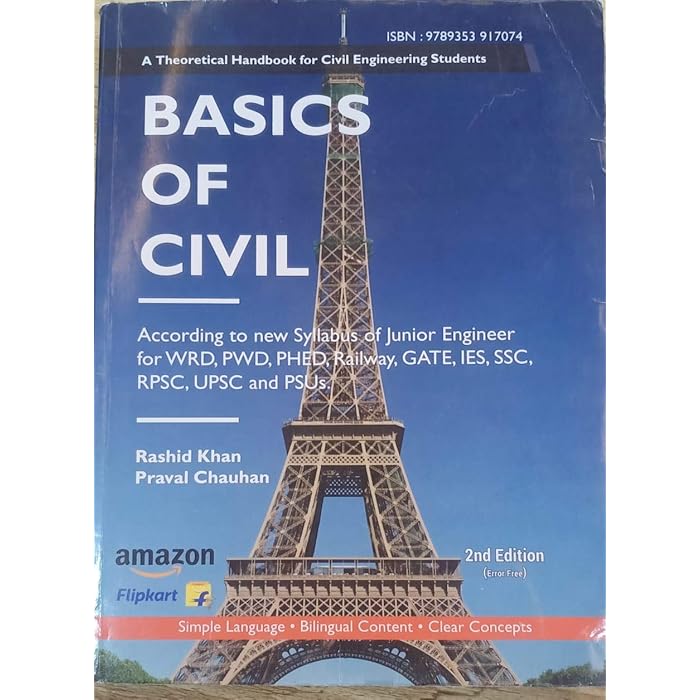

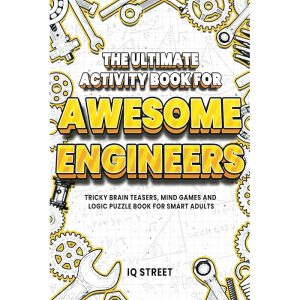






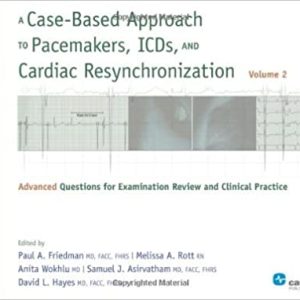



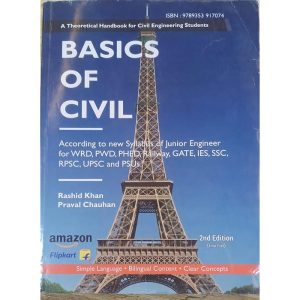






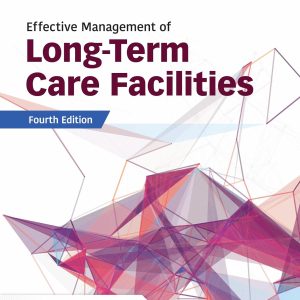



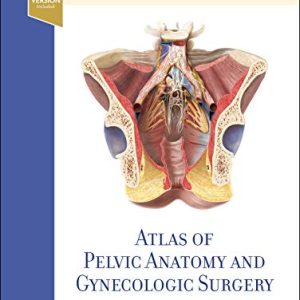














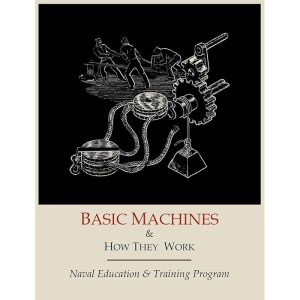







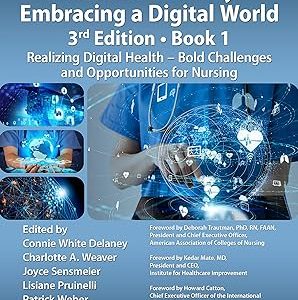


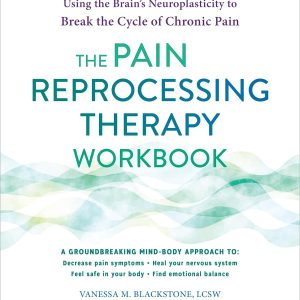



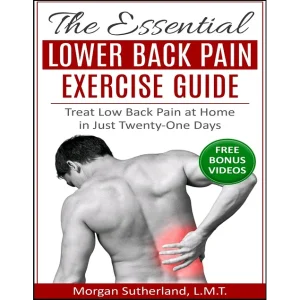

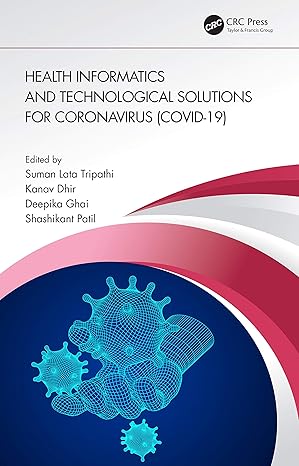
Reviews
There are no reviews yet.